A place in the sun for Swiss solar power
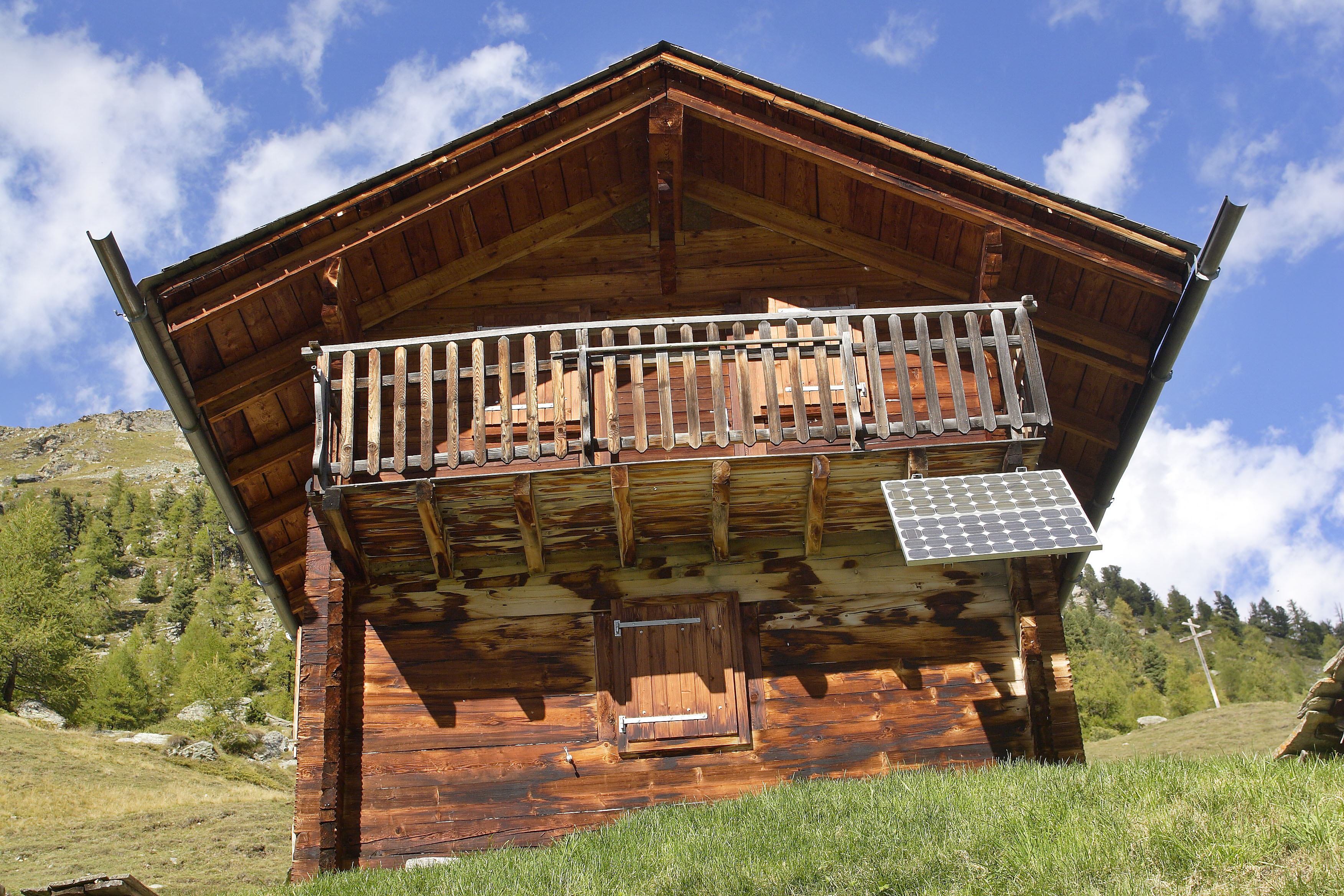
This year is looking bright in Switzerland, at least as far as an energy policy is concerned. New measures introduced by the government in 2014 are giving a fresh boost to an industry that has lagged behind its counterparts in other countries.
“Energy provided by the sun in the space of two or three hours would be enough to cover our entire power needs for a year,” said David Stickelberger. For the managing director of Swissolar, the Swiss solar industry association, there can be no doubt: the sun is rising on the Swiss energy horizon. By 2025, solar panels could be providing 20% of the electricity consumed in Switzerland.
Reaching this goal, according to Swissolar’s calculations, would necessitate the use of 90 of the 200 kilometres squared of built surfaces in Switzerland – such as roofs, factories, motorways – that are available for harnessing solar power.
“We would need to expand the area used by seven km squared every year. Which is really not a lot when you think that, every year, nine km squared becomes available on new buildings alone. Yet only a small part of that is being used,” pointed out Stickelberger.
Currently Switzerland is far from the scenario the green energy advocate envisages. The total area covered by solar panels is no more than four to five km squared, which provide only 1% of electricity needs. Switzerland was a pioneer in photovoltaic technology 30 years ago, but it has since been overtaken by a number of other European countries in terms of production of solar power. In Germany, per capita production is more than 15 times the Swiss figure, and in the Czech Republic it is four times more.
30,000 projects
According to environmental groups, the main reasons for this are to be found in the lack of incentives and state aid for new renewable energy projects (solar, wind, biomass) in Switzerland compared with other countries.
It was only in 2009 that Switzerland brought in a national scheme for promoting green energy, the “cost-covering remuneration for feed-in to the electricity grid” (CRF). This is a subsidy paid out over a 20-year period to producers of renewable energy, both companies and individuals.
The funds needed to pay for this subsidy have been generated by means of a levy of CHF0.03 on every kilowatt hour of electricity consumed across the country. This revenue source has proved insufficient, however – about 30,000 projects for solar energy production are still on a waiting list to get the grant. New measures, introduced by the government this year, should help to get the pending projects off the ground.
Two important changes have been made. The CRF levy was increased at the beginning of the year to CHF0.06 per kilowatt hour of electricity consumed, which will double the available funds. And from April 1, 2014 onwards, some green energy producers can opt for a lump-sum contribution, which will cover up to 30% of the costs of a new power plant. It is expected that these measures will mean the go-ahead for 10,000 of the installations on the waiting list.
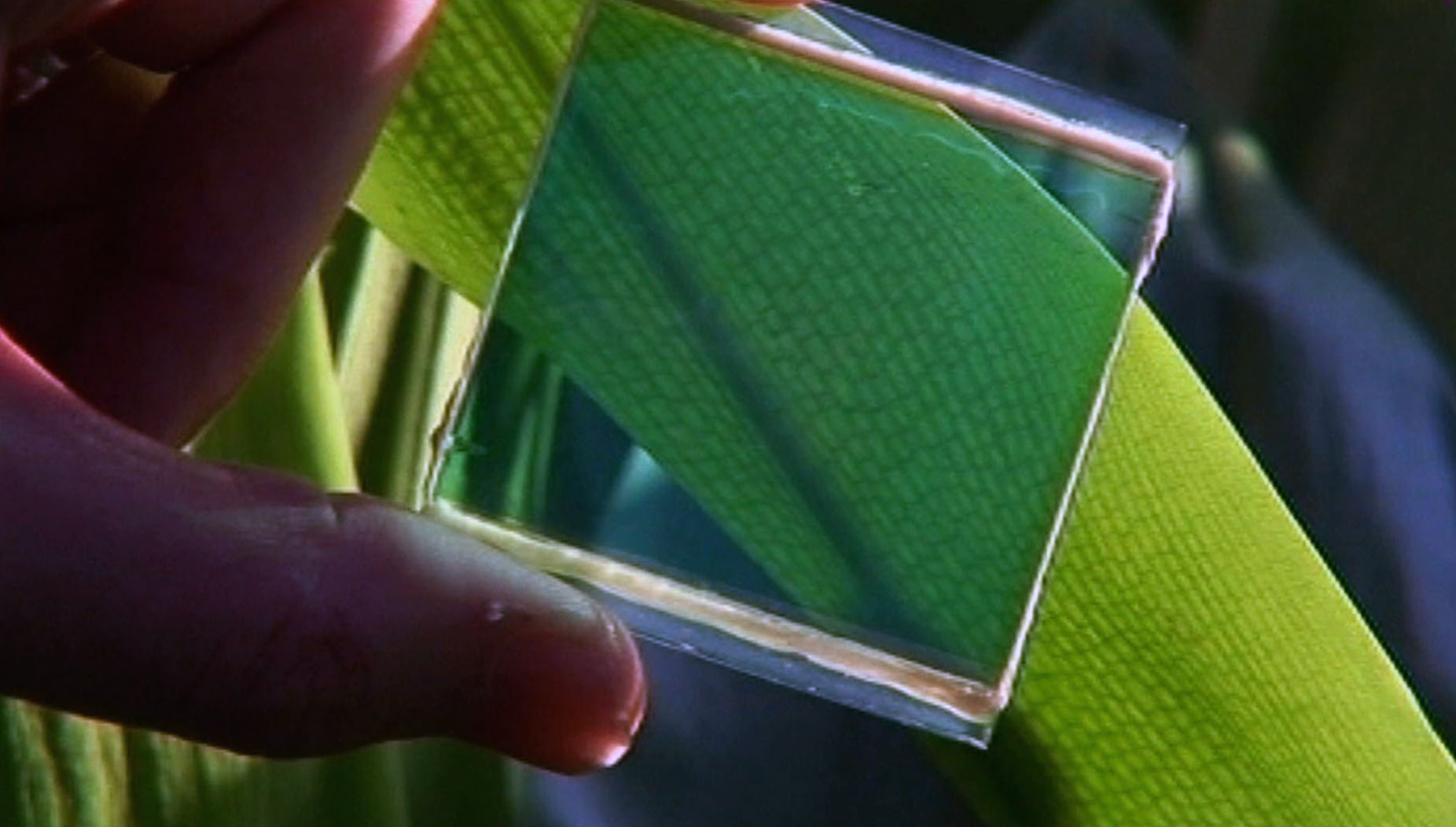
More
The cell that works in low light
Uncertain future
But this is still not enough for renewable energy advocates, who want the CRF levy increased to CHF0.2 or CHF0.3 per kilowatt hour.
Some centre-left parliamentarians even want to merge some of the government funds meant for geothermal energy – which has until now given less than satisfactory results – with those for sun and wind power. It’s an idea that, according to the Tages-Anzeiger newspaper, has won support within the environment ministry.
“With the 30,000 projects pending alone we could make up for about half of the power produced by the Mühleberg nuclear power plant,” said Stickelberger. The nuclear plant is due to close in 2019.
In the meantime thousands of new projects will be added to the waiting list, and their future remains uncertain.
“Government and parliament have not yet decided how they intend to implement the new ‘Energy Strategy 2050’,” Stickelberger explained.
“So we do not know if the current support programmes for renewable energy will be kept or replaced by something else. All this uncertainty discourages new projects.”
In Switzerland electricity covers some 24% of total power consumption. 53% comes from oil, 13% from gas and 10% from other sources (coal, wood, industrial waste, etc.).
As regards generation of electric power, the major part is provided by hydroelectric stations (57%) and nuclear plants (40%). New renewable energy sources provide only 3% of electricity, including 1% from solar panels.
Market distortion
On the other hand, objections to further state aid for renewable energy have been coming from business lobbies and from the producers of hydroelectric power, who feel at a disadvantage.
According to the Swiss Business Federation, economiesuisse, new renewable energy sources are likely to grow at the expense of hydroelectric power, which is after all a renewable energy source too, and which has been covering 60% of the electricity needs in Switzerland.
“In principle we are in favour of renewable energy,” said Kurt Lanz, an energy specialist at economiesuisse.
Following the Fukushima disaster in Japan, the Swiss government and parliament decided in 2011 to give up building new nuclear power plants and wean the country off nuclear energy altogether.
Between 2012 and 2013, the government came up with a new “Energy Strategy 2050”, which is still to be approved by parliament.
The government is proposing that by 2035 the average consumption of power per head of population be reduced by 43% compared to what it was in 2000.
New renewable energy sources are to provide about 20% of electricity needs by 2035. According to environmental groups, this target could be reached by 2025.
By way of comparison, the European Union has set the goal of covering 20% of total energy needs from renewable sources by 2020.
“But it needs to be promoted in a reasonable fashion, taking account of the needs of the market. In Europe, we already have the problem that renewable energy sources supply too much power capacity at times when the market doesn’t need it. The market should be able to get the power when the production machinery needs it, and not necessarily when the sun shines and the wind blows,” he added.
“The goal should be to have adequate energy for the market and not subsidised energy.”
Urs Meister, an energy expert at Avenir Suisse, a think tank supported by large corporations and business figures, agrees. “The potential of new renewable energy sources is being overestimated in Switzerland,” he said.
“In our view government support should be done away with, because at the European level it is causing a market distortion and an over-production of electricity at some hours of the day. We are thus seeing prices falling, which puts those not receiving state aid at a disadvantage – like hydroelectric power producers.”
This view is not shared by Stickelberger. “If there are occasional peaks of electricity on the European market, this is rather due to the fact that some countries, in particular Germany, have embarked on a change of energy policy, but continue to leave coal-burning plants running, which produce electricity while emitting large quantities of CO2,” he said.
“But this is only a temporary problem which should be gone in a few years. In our view, the new renewable sources really complement hydroelectric power.”
(Translated from Italian by Terence MacNamee)

In compliance with the JTI standards
More: SWI swissinfo.ch certified by the Journalism Trust Initiative

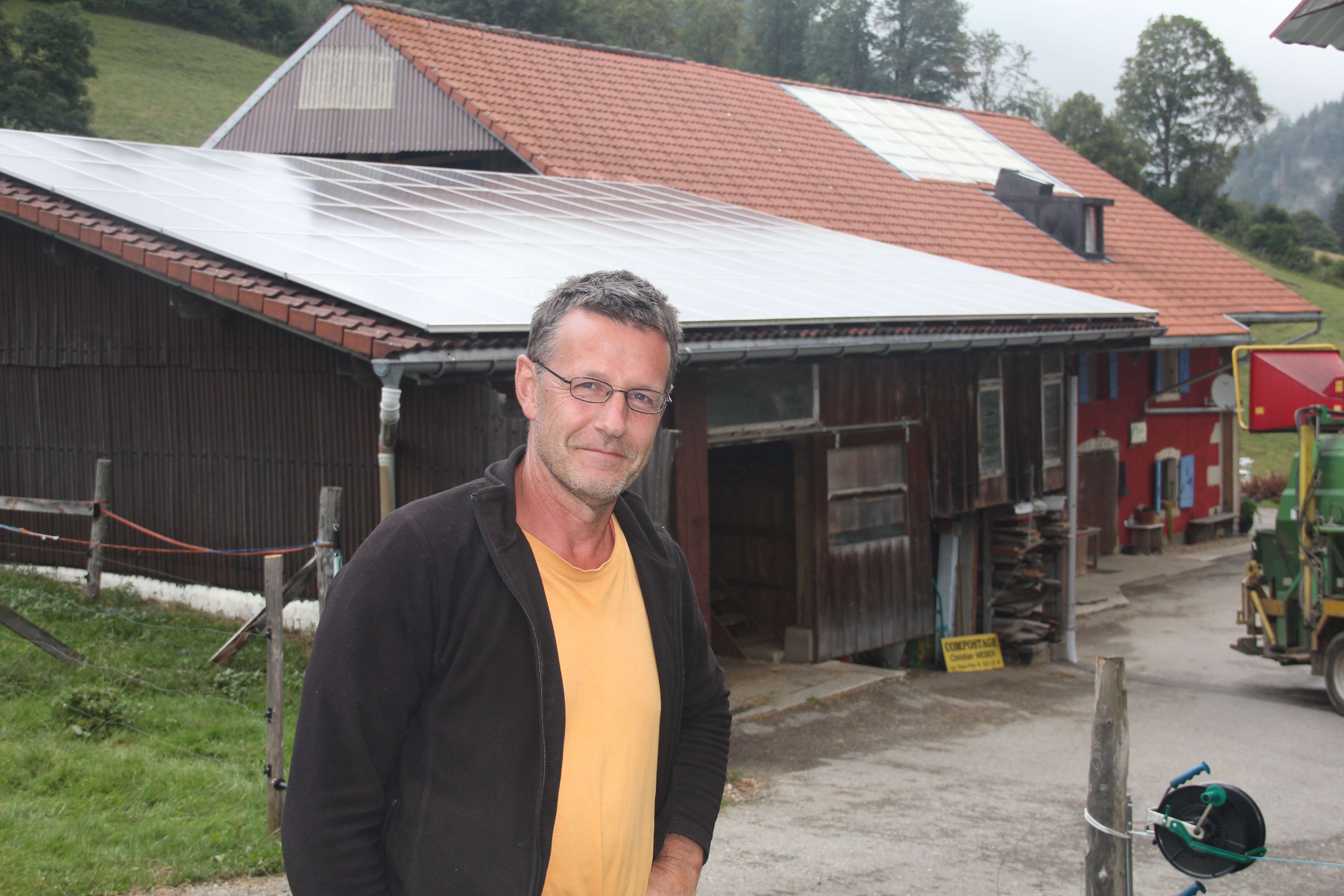
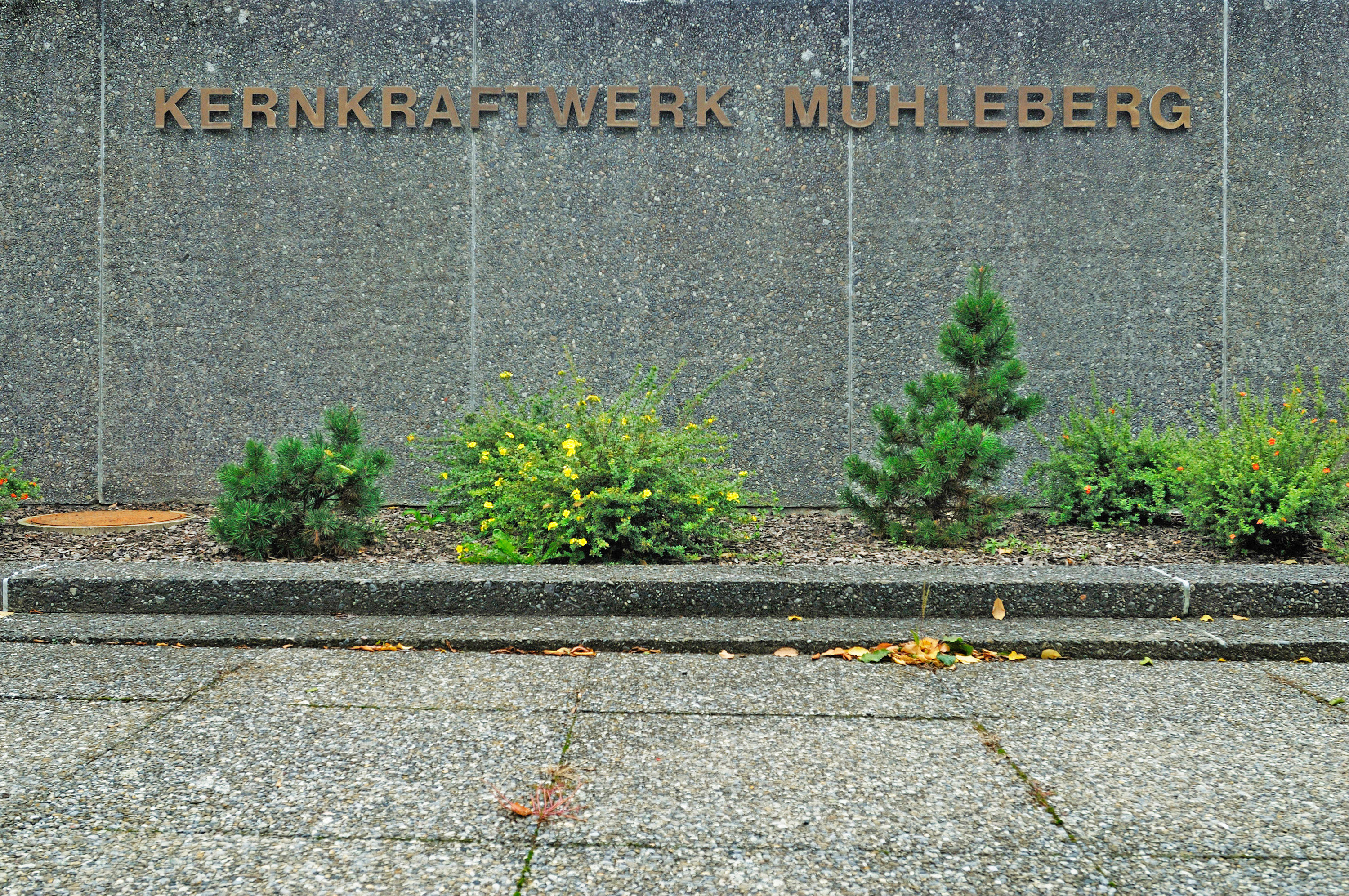
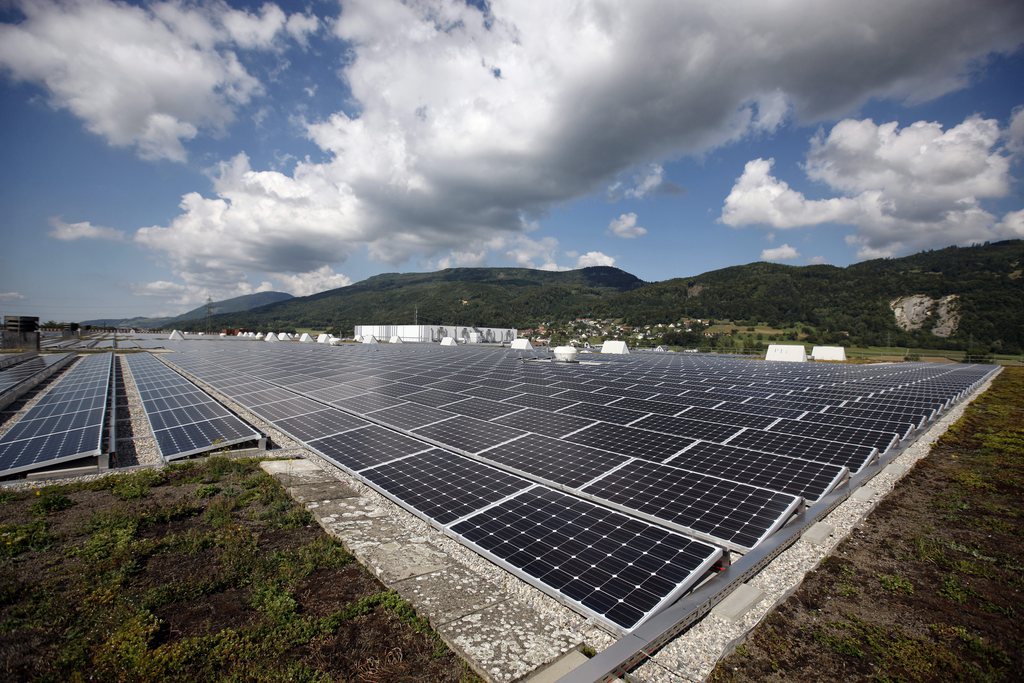
You can find an overview of ongoing debates with our journalists here. Please join us!
If you want to start a conversation about a topic raised in this article or want to report factual errors, email us at english@swissinfo.ch.